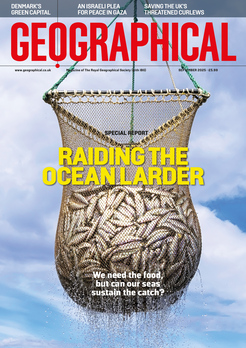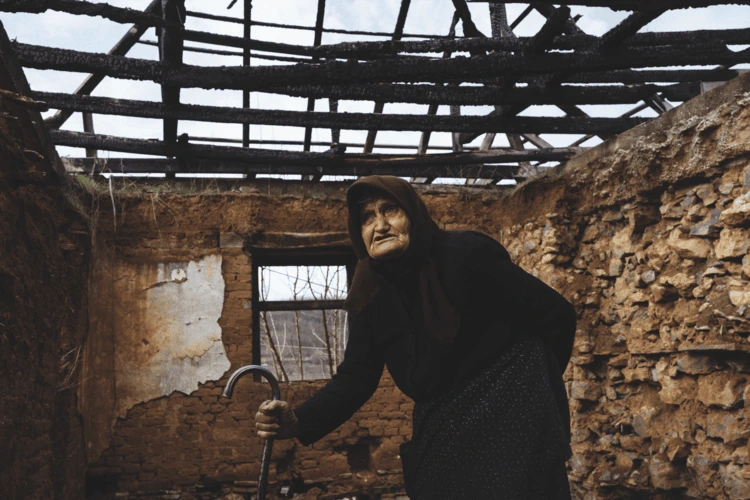
Wayan Barre explores the lives of Kosovo Serbs, whose everyday experiences are defined by uncertainty in a nation caught in limbo
Kosovo, a small Balkan territory with a population of around 1.6 million, declared its independence from Serbia in 2008. Sixteen years on, the region remains fraught with political tension, particularly between its Albanian majority and its dwindling Serbian population.
The Kosovo War of 1998–99 left deep scars on the region, resulting in nearly 13,500 deaths and displacing around 1.4 million people, the majority being Kosovar Albanian civilians. Serbian forces, under the command of Slobodan Milošević, were responsible for a series of atrocities. The Kosovo Liberation Army and NATO bombings also contributed to civilian casualties. Ethnic tensions have lingered ever since.
Enjoying this article? Check out our related reads:
A UN force of 2,000 troops (UNMIK) was brought in after the war to act as peacekeepers. As of August 2024, there are around 350 remaining – most left after Kosovo gained independence.
However, NATO’s Kosovo Force (KFOR) still plays a significant role in maintaining peace in Kosovo, with more than 4,500 NATO troops currently stationed in the country, following reinforcements due to heightened tensions between Serbia and Kosovo in 2023. Following the war, more than 200,000 Serbs fled Kosovo, drastically reducing their presence. Today, Kosovo Serbs comprise less than five per cent of the population, mainly concentrated in the northern regions near the Serbian border.
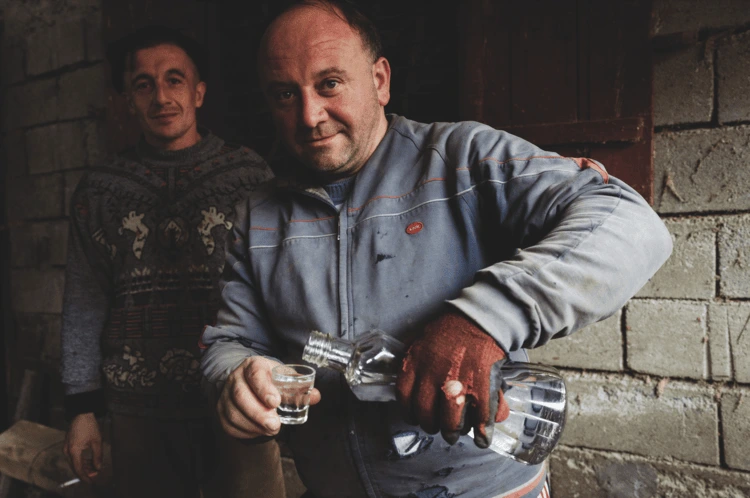
Small enclaves scattered across the predominantly Albanian south remain isolated, politically and socially. In these enclaves, many residents face tough decisions: to stay in a politically tense environment with few opportunities or leave and find a new life.
One of the many villagers in the south of the country I interviewed during a nine-week research trip to Kosovo told me: ‘We live in a bubble here. My father decided to return to Kosovo after our family left during the war. I was ten at the time. I didn’t have a choice. Eventually, the elders will pass away and the young people will leave.’
None of the Serbs to whom I spoke wanted to be identified in print, citing concern about potential repercussions from either Kosovo or Serbia. Everyone seemed to know someone who had recently decided to leave. A survey last year found that 84 per cent of Kosovo Serbs knew someone who had fled Kosovo in the previous 12 months.
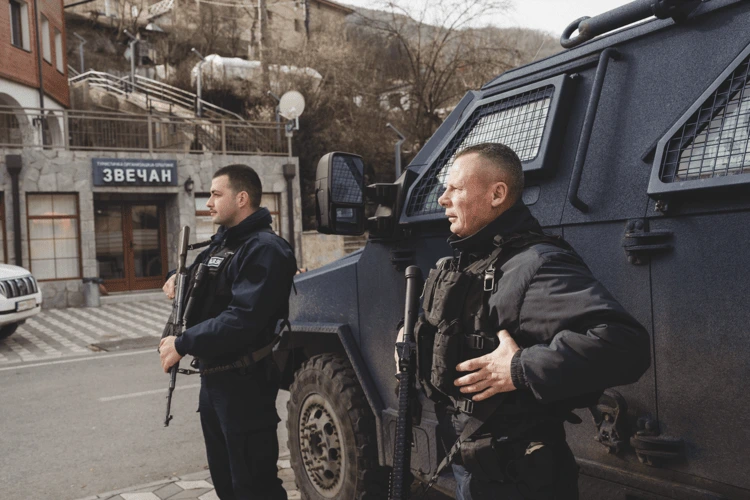
Kosovo’s independence was the culmination of decades of ethnic conflict and international intervention. NATO’s involvement in halting the violence against ethnic Albanians led to the UN administering the region until its declaration of independence, which is recognised by the USA and most EU nations. However, Serbia, Russia, China and five EU countries still refuse to acknowledge Kosovo’s sovereignty, complicating its efforts to gain EU membership.
The government operates under a multi-ethnic framework intended to safeguard minority rights, symbolised by the six stars on its flag, representing Albanians, Serbs, Bosniaks, Turks, Romani and Gorani. Despite these legal protections, inconsistent implementation has led to widespread dissatisfaction among Kosovo Serbs.
The small (10,887 sq km), landlocked country of Kosovo, with a population of 1.6 million, was part of the Ottoman Empire for nearly five centuries. It was ceded to the Kingdom of Serbia in 1913 and after World War II became a province within Yugoslavia.

Serbia continues to wield significant influence over the Serb community in Kosovo, particularly in northern areas. Belgrade provides funding for essential public services such as education and healthcare, with teachers and doctors in Serb-majority areas often paid by the Serbian government.
Education follows the Serbian curriculum, with textbooks smuggled in from Serbia to bypass restrictions imposed by the Kosovar authorities.
This parallel system allows Serbia to maintain a foothold in the region, deepening tensions with Kosovo’s government.
Moreover, Serbia offers financial and housing incentives to encourage Serbs to remain in Kosovo, further fuelling the divide. The Serb List, a political party with close
ties to Serbian President Aleksandar Vučić, dominates local politics in northern Kosovo, creating a parallel governance structure that exacerbates division.
A divided city
Mitrovica is a striking example of Kosovo’s ethnic divisions. Split by the Ibar River, the city’s northern half is predominantly Serb, while the southern part is largely Albanian. The bridge over the river has long been a flashpoint for ethnic tensions, with periodic flare-ups of violence despite the presence of international peacekeepers.
For the Serbs of northern Mitrovica, life is marked by constant political tension.
‘The situation is dire – pressure, corruption, constant tension,’ says one local resident. ‘But it’s not us, the ordinary people, causing this. It’s the politicians pulling the strings.’
Tensions escalated in September 2023 when the Banjska Monastery became the site of a confrontation between armed Serb militants and Kosovo police. A group of heavily armed Serb militants entered Kosovo and barricaded themselves inside the Orthodox monastery. The firefight led to the deaths of three militants and one police officer.
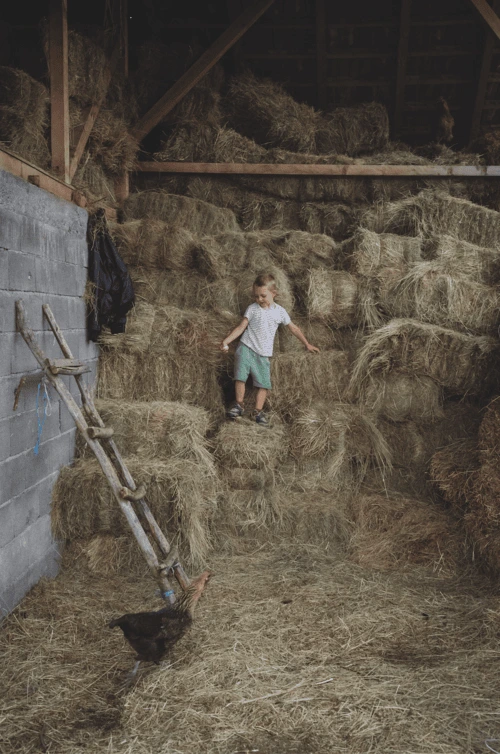
Kosovo authorities accused Serbia of orchestrating the attack, a claim that Serbia denied, further escalating the situation. In response, Serbia increased its military presence along the border, eventually scaling back after international pressure. Today, the monastery area is closely monitored by a special police unit.
A few miles from the Banjska Monastery, in the town of Leposavić, a local election in April 2023, held in Serb-majority districts, sparked further discord. With
a boycott led by the Serb List, resulting in a mere 3.47 per cent turnout.
The election of a Kosovar Albanian mayor has left many Serbs feeling unrepresented and sidelined. Only 13 Serbs cast their vote. In May, Kosovo police moved to install the newly elected mayor, taking control of municipal buildings. This action sparked protests and tensions with the local Serbian community. Serbia increased its military presence near the border in response, which drew condemnation from the EU and the USA.
At the time, the Kosovan Albanian mayor, Lulzim Hetenir, said: ‘I am here to work for the citizens. Thanks to my efforts, security has improved, and 160 Serb residents have found jobs. Integration is the only way forward.’

The Serb community also boycotted a referendum this year on whether the Albanian mayors in Leposavić and other mainly Serbian towns should be removed.
Kosovo’s prime minister, Albin Kurti, has taken a hardline approach toward integrating the Serb minority, especially in the north. His policies, such as confiscating Serbian-owned land, have raised tensions. A 2023 ban on Serbian goods caused significant disruption, and by 2024, Kosovo had begun phasing out the Serbian Dinar in favour of the Euro, causing further unrest among Kosovo Serbs.
to support Kosovo Serbs through financial aid and political backing, portraying Serbia as their protector. However, some Serbs are beginning to question whether Belgrade’s influence is truly beneficial or whether it serves to keep the region in a state of instability, which furthers Serbia’s claim over Kosovo.
‘The more we rely on Serbia, the more isolated we become from the rest of Kosovo,’ says a Serb resident of northern Mitrovica. ‘It feels like we’re caught between two worlds.’
Southern enclaves
While most of Kosovo’s Serbs live in the north, a few isolated villages further south still maintain a Serbian presence. These enclaves, surrounded by Albanian-majority areas, heavily rely on Serbia for basic services. Many schools, health clinics and other public institutions are funded and staffed by the Serbian government, creating a parallel system of governance alongside Kosovo’s official institutions.
Velika Hoča, one of the oldest Serbian settlements in the Metohija Valley, embodies the struggle to preserve Serbian culture and identity. Home to 13 Serbian Orthodox churches, the village is nicknamed ‘The place with God’s blessing’.
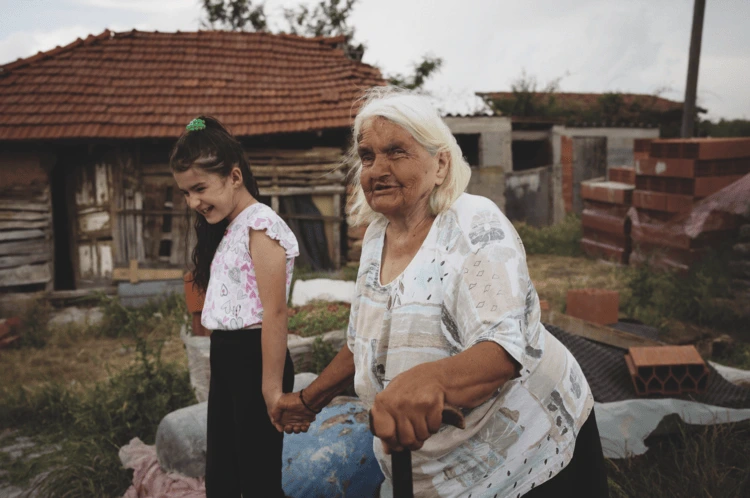
Despite this rich heritage, the community has been shrinking for many years. In 2022, Kosovo police seized 44,000 litres of wine from a local vineyard, citing legal issues with the labels. ‘It feels like the walls are closing in,’ a villager told me.
Osojane, another village further south, saw 1,800 Serbs flee after NATO’s air strikes in the area, fearing reprisals. The village was destroyed, but 80 returnees came back under the protection of Spanish KFOR forces. Today, Osojane is quiet, with coexistence between the communities resuming to some extent. Yet, hope for the future is mixed with uncertainty.
Protected monasteries
For many Kosovo Serbs, religion plays a central role in their identity. The Serbian Orthodox Church, through sites such as the Visoki Dečani Monastery, acts as both a spiritual and cultural anchor. These religious sites, some of which are on the UNESCO World Heritage list, have become focal points for tensions, often requiring heavy police protection.
Father Sava Janjić of the Visoki Dečani Monastery is a long-standing vocal advocate for the protection of Kosovo’s religious and cultural heritage, emphasising the importance of preserving these sites in the face of political and economic challenges. He told me: ‘The biggest threat is the economic decline and the fact that both Serbs and Albanians are leaving Kosovo.’
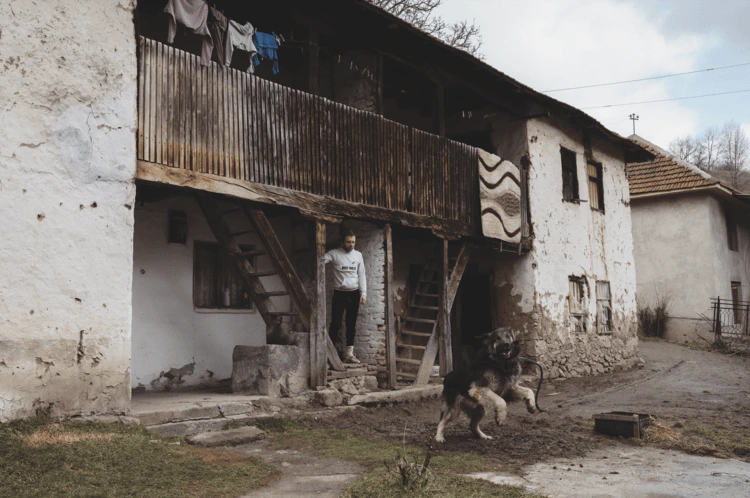
The contentious nature of religious site protection is apparent in the heavy police and international peacekeeper presence around many Serbian Orthodox churches and monasteries. For Father Sava, preserving these sites is vital to maintaining the region’s cultural history.
‘We have such a rich cultural and religious heritage, proof that Serbs have been living here,’ he asserts. ‘These sites, particularly Visoki Dečani and Gračanica, are so well preserved, even better than many medieval sites in Europe.’
Caught between Kosovo’s integration efforts and Serbia’s influence, Kosovo Serbs face an uncertain future. Without meaningful diplomatic efforts and a focus on economic and cultural inclusion, the Serb minority may soon become a relic of Kosovo’s past.

